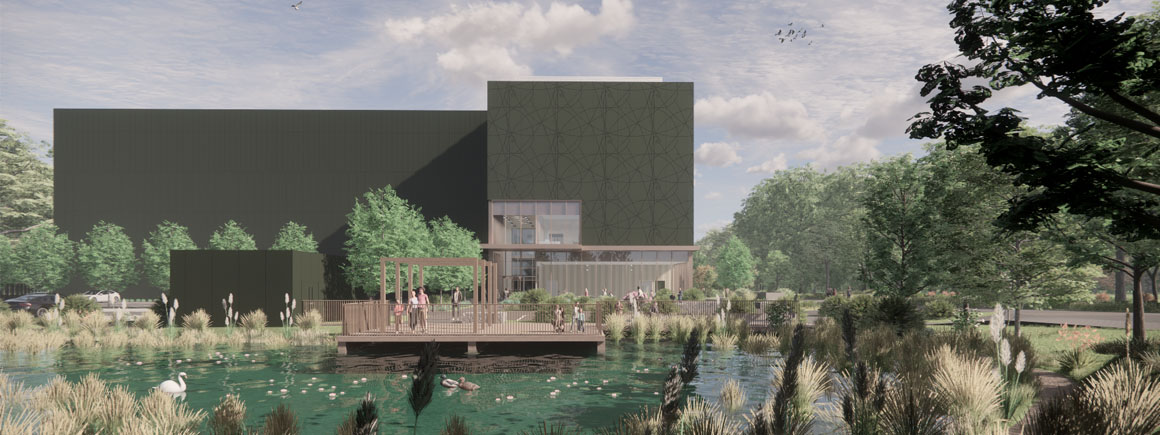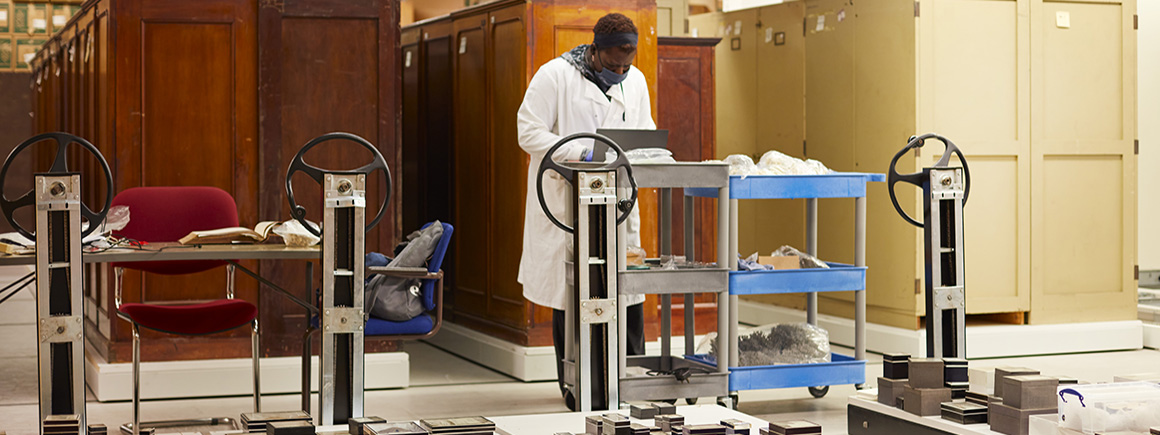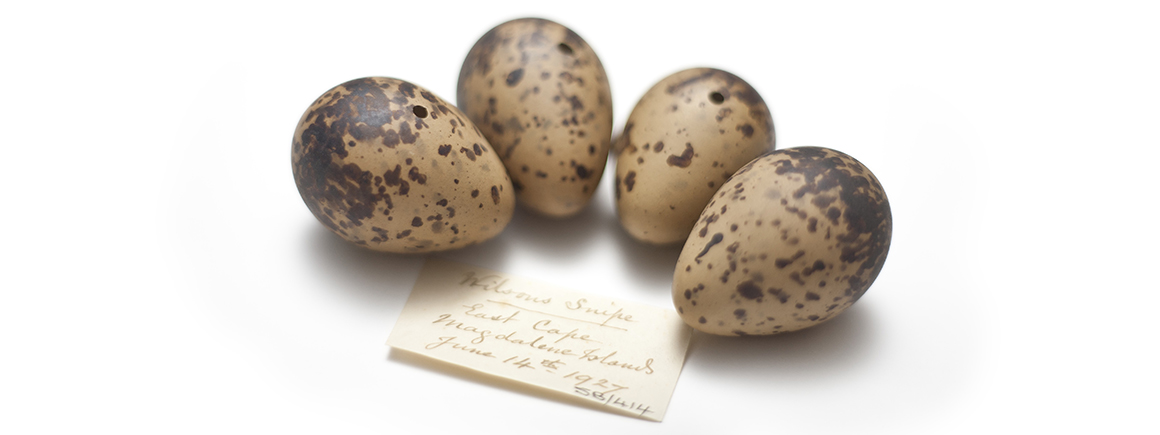Looking for a specimen?
The marine reptile collection is being digitised.

Skull of the ichthyosaur Temnodontosaurus platydon, the first ever discovered. Mary Anning's brother Joseph found the skull in 1810 and Mary found parts of the neck a year later.
Our collection contains many marine reptile specimens from the Lower Lias of the Dorset coast, including some discovered by Mary Anning.
The collection’s highlights are on display in the Museum’s Fossil Marine Reptile gallery, including:
Large collections of Callovian (Middle Jurassic) marine reptiles from Cambridgeshire brick pits were purchased from Alfred Leeds in 1890 and 1914. These include many type and figured skeletons of plesiosaurs, ichthyosaurs and marine crocodiles, including:
The collection also contains other important marine reptile fossils from the Lower Lias of Dorset, in the UK, including those of Thomas Hawkins and the Earl of Enniskillen, who both purchased specimens from Mary Anning.
We have a small number of isolated bones and teeth of both ichthyosaurs and plesiosaurs from a range of Late Jurassic and Cretaceous sites in Britain.
Our collection also includes a unique plesiosaur, Leptoclidus, from the Wealden Group of Sussex.
More recent acquisitions include two Pliensbachian ichthyosaurs from the Dorset coast, one of which is the type specimen of Leptonectes moorei.
Britain
The marine reptile collection is being digitised.
If you would like to use any specimens for research

Access to some collections will be affected as we prepare for the move to our new collections, science and digitisation centre.

Scientists and collections management specialists can visit the collections and borrow specimens for research.

Our duty is to provide a safe and secure environment for all of our collections.